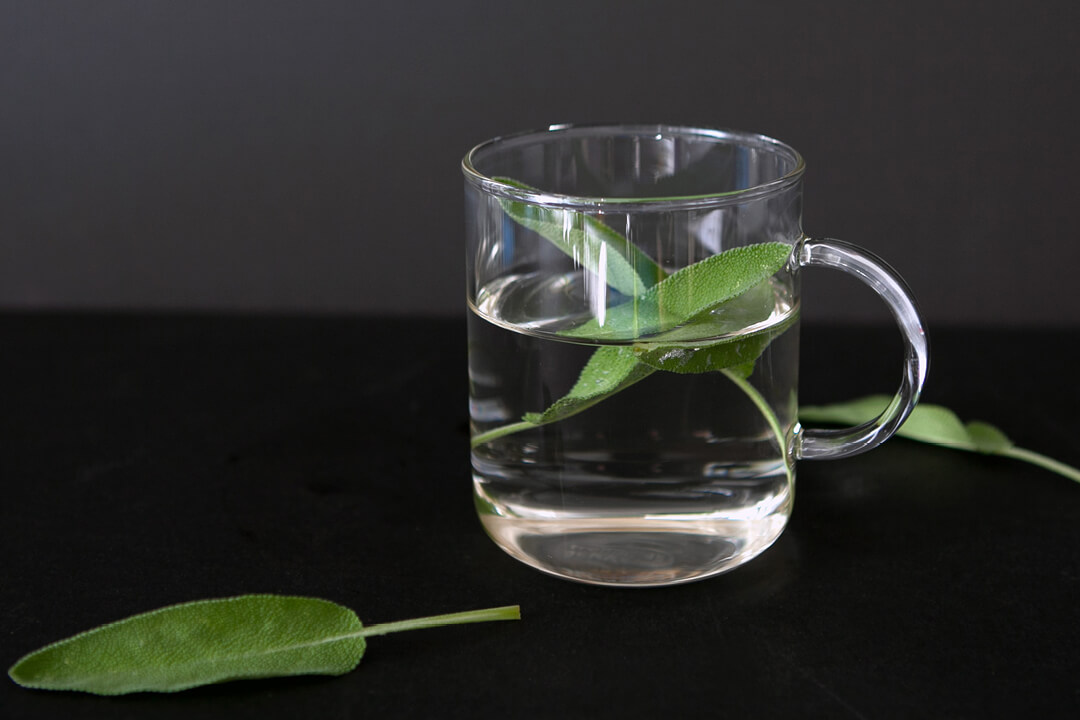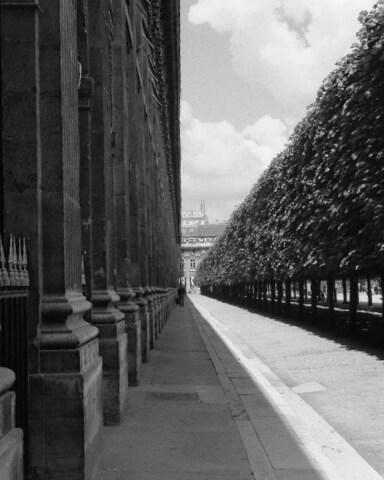Sage, little demands, but a lot of flavor
Whether in a cool drink or in a hot pan. Sage always makes a good figure.
A confession
No bartender succeeds in making us unfaithful to our favorite gin: The Botanist.
The gin is produced on the small, rugged, windswept island of Islay. A small impression of this beautiful island of the Hebrides in the Scottish part of the Atlantic, you can see here: The Botanist.
The Botanist Dry Gin contains exactly 22 herbs. Number 22 is sage, precisely, Teucrium Scordodonia (Wood Sage, Sage Gamander).
Summertime is Gin&Tonic time
When we discovered a cocktail variant with sage and clementines at our favorite Scottish gin distillers, who seem to be constantly out in the woods and meadows in search of herbs and berries, it was high time to pay more attention to sage.
Almost every cocktail and lemonade gains ethereal format with a simple sage leaf.
The Botanist mixes the Clementine and Sage Gin & Tonic as follows:
- Ice cube
- 35 ml The Botanist Dry Gin
- Premium tonic
- 2-3 sage leaves and 2-3 clementine segments
A nice change from the natural lemons that are usually at home in our G&T.

Modesty is an adornment
Sage is satisfied with little: a little soil, a little sun, a little water. The fact that it grows so quickly and undemandingly has made it a decorative object in many establishments. Modesty doesn’t always pay off.
While most other herbs need Mediterranean sunshine to deliver a remarkable flavor experience, sage on the balcony or in the garden, even in cooler regions, brings all the flavor components.
And it couldn’t be simpler: a few leaves infused with hot water make a delicious tea that will do your voice good, even if you’re not expected on the great opera stages of this world, such as the Zurich Opera for the next performance.

No Michelin star in France without nut butter
Making Beurre noisette is something every chef learns at the very beginning of his training if he wants to succeed later in the classic cuisine of France.
The preparation is very simple, you just have to keep an eye on the pot: Heat plenty of butter in a pot as small as possible. After a while, the solid white components rise to the surface, dissolve again and turn brownish.
Now it’s time to stir and concentrate so that the beurre noisette stays brown and doesn’t turn black. It is ready when the butter smells nutty. The name says it all. You can filter out the brownish suspended particles with kitchen paper or leave the butter as is for quick cooking.
In Italy, they combine beurre noisette with fresh sage leaves to make the perfect sauce for ravioli, malfatti and spinach dumplings. The sage brings the freshness kick to the butter.
Much else benefits from the nutty flavor of brown butter, such as a beautiful skate wing with beurre noisette and capers.

Off to Venice
Frying sage leaves is not so easy. We have had a few attempts. Here our recommendation is: Off to Venice.
In the small wine bars, the bàcari, you can enjoy a glass of cool white wine (significantly called ombra, the shade) and small fried chichetti made of fish, small squid and vegetables.
Fried sage leaves sprinkled with sea salt are often included.
The original can not be copied – abandon kitchen chaos and travel to La Serenissima, so adored by us.

Salve
In the generic name Salvia officinalis is found the Latin word salvare, heal save. We would not be carried away to the ancient statement “He who builds sage does not see death”, but we wish you all the best with and without sage.
Our theme is pleasure, and sage offers plenty of it.
We also enjoy fresh sage leaves between veal cutlets and Parma ham as Saltimbocca a la Romana or cut sage leaves and other herbs into cottage cheese for a quick home office lunch. Add a little sour cream and you’re done.




